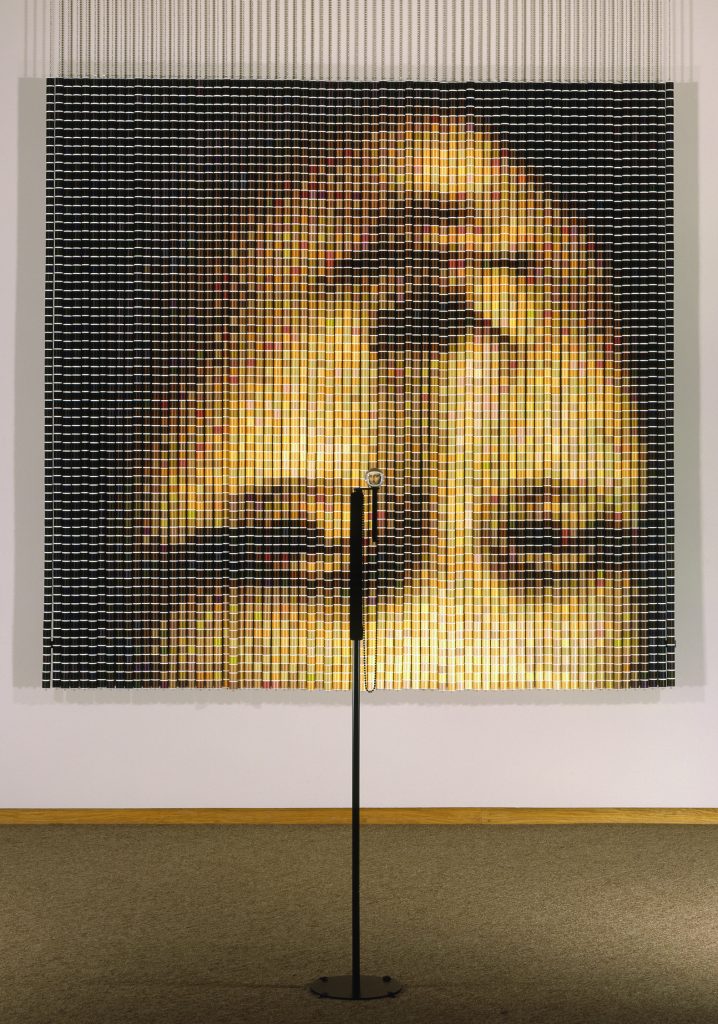Leonardo da Vinci’s Mona Lisa
Facilitate the following activities after teaching the Italian Renaissance in a literature, world history, AP European history, or AP art history class.
- Students should complete a K-W-L chart about Leonardo’s Mona Lisa.
- K=What you KNOW (some students may write nothing at all!)
- W=What you WANT to know ( at least one or two statements should be required here)
- L=What you LEARNED (after the video, students can undoubtedly write at least five facts they learned about the Mona Lisa, if not more.)
- Students should fill in information they may know about the original Mona Lisa and then a few things they would like to learn about the original Mona Lisa.
- Show the video about the Mona Lisa: Art History in Just a Minute.
- After watching the podcast, students can fill out the “L” column for what they learned about the original Mona Lisa.
- Students may complete independent readings for Humanism and Renaissance Art and answer reading comprehension questions and journal assignment.
Marcel Duchamp’s L.H.O.O.Q.
Facilitate the following activities after teaching World War I to a world history or AP European history class.
- Students should complete reading comprehension questions for Dan Todman’s article “World War I: Misrepresentation of a Conflict.”
- Have students research and create (or review) a chart that outlines the costs of World War I for the major nations involved. For background information, see BBC’s History of World War One.
- Students may read informational articles about the Dada art movement.
- Brainstorm with students while looking at L.H.O.O.Q. and discuss how L.H.O.O.Q. reflected Dada artistic principles. Students may then outline their ideas in their journals and write a brief paragraph elaborating on their conclusions.
Devorah Sperber: After the Mona Lisa 2
- Ask students: What does the term “postmodern” mean? Students can provide answers to this orally, as a journal entry, or in a group discussion setting.
- Students should read descriptions and explanations of postmodernism and create a T-chart that compares features of postmodernism and modernism.
- Explain that Sperber has completed eight different versions of the Mona Lisa. Have students visually examine three of them using the Feldman Art Analysis. One third of the class should examine After the Mona Lisa 2, another third After the Mona Lisa 8, and another third After the Mona Lisa 3. Bring the groups together for comparison of the three in a group discussion. After students have had time to complete the Feldman sheet, discuss:
- What are the similarities and differences between the works of art?
- Which do you find most pleasing? Why?
- Have students read the descriptions of After the Mona Lisa 2 and After the Mona Lisa 8, in addition to the artist’s statement (at the bottom of the page), and answer this question: How and why do you think the artist used these particular materials (spools of thread)?
- Project Sperber’s After the Mona Lisa 2 and a few photographs of people viewing After the Mona Lisa 2 in the galleries of the North Carolina Museum of Art. Brainstorm with students and ask: Do you think Sperber’s works—especially After the Mona Lisa 2—reflect postmodernist theory? Ask students to support their argument using visual evidence, the artist’s words, and key aspects of what does or does not compose postmodernism. Students should form their arguments defending their essay thesis.
- Final Project-Essay Assignment. Encourage students to use the prewriting assignment to help gather information and evidence to support their thesis and make essay writing easier. It is suggested that teachers require at least 10 facts per painting on the prewriting chart. Five clearly defined paragraphs with 5 to 10 sentences each should be a minimum requirement.
Written by Steven A. Hill, Humanities Teacher
